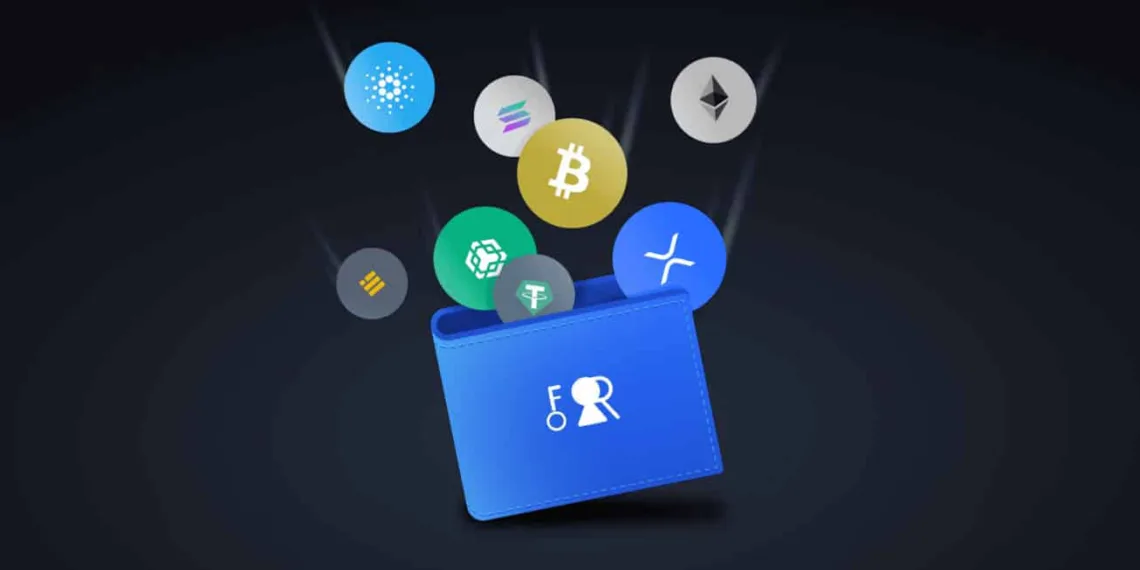Blockchain tech aims to decentralise power, enabling open, user-friendly transactions without a central authority. Crypto nodes, or guardians, play a paramount role in supporting a clear and efficient network. In the BTC network, for instance, nodes monitor the blockchain to distinguish legitimate transactions from non-legitimate ones and prevent attempts to double-spend bitcoins already spent elsewhere.
Why Are Nodes Important?
Nodes are essential data structures in crypto networks, running a blockchain algorithm to verify and authenticate transactions. Decentralisation allows individuals to run nodes globally, storing a digital ledger. Nodes intercommunicate, verify, and approve operations, ensuring everyone follows the ecosystem’s rules. Each network stores a copy of the blockchain.
Crypto nodes serve three main purposes: maintenance, validation, and accessibility. Maintenance involves maintaining the organisation and smooth operation of the blockchain, synchronising all distributed ledger copies, storing encrypted data, and adding new blocks for scalable growth.
Validation in P2P decentralised finance involves transactions executed through majority consensus, with accepted proposals added to the blockchain and distributed across the network.
Consensus mechanisms ensure all nodes remain in sync, and new blocks are processed in real-time. Accessibility is the final responsibility, as nodes act as storage containers for the ledger, making them transparent and accessible to any user.
Node Types
Blockchain nodes are categorised by their functions, each with varying responsibilities for network integrity. A single protocol requires multiple types of nodes, each fulfilling a specific role. Crypto involves different types with distinct functions within the digital ledger ecosystem.
Full Nodes
Decentralised network servers, known as full nodes, preserve the blockchain’s transaction history, validate new blocks, and regulate rule adherence. They are divided into pruned and archival types, with pruned nodes prioritising security. Archival full nodes store the entire ledger and are subcategorised into authority, mining, master, and staker nodes.
Lightweight (SPV) Nodes
Light nodes are essential for processing daily transactions and activities, requiring full nodes for operation. They download key header data like hash reference numbers, mining time, and ‘nonce’, which helps affirm transactions and reduces workload on full nodes. Previously popular for mobile wallet applications, they are becoming rare as devices become more powerful. They now primarily provide Simplified Payment Verification (SPV) services.
Miner Nodes
Miners are essential in PoW blockchains like BTC, deciphering complex mathematical equations to validate and add new blocks. They compete for solutions and receive rewards, such as newly minted crypto. Miners aim to be the first node to create a new block and prove it has performed the required work. Once the entire network verifies a transaction, a new block is added, and the miner receives a reward. Miners use specialised ASIC hardware to add blocks to the BTC blockchain and receive rewards.
Master Nodes
Masternodes are full nodes that store, validate, and secure the entire blockchain ecosystem. They offer services like private and instant transactions, treasury management, funding, and governance voting. Master nodes act as blockchain warehouses, holding data and new blocks. Due to their advanced functionalities, they often receive direct rewards.
Supernodes
Supernodes, or super peers, improve connectivity and data transmission by establishing direct connections with high-capacity or high-bandwidth nodes. They are created on demand for unique tasks, such as implementing protocol changes or maintaining existing protocols.
Validator Nodes
Validators in proof-of-stake blockchains secure crypto coins as collateral, verify transactions, propose new blocks, and partake in consensus by attesting to transaction correctness and earning rewards based on staked tokens.
How To Run A Node
Operating a node in a decentralised ecosystem offers rewards like profits from mining, staking, or governance rights.
To run a full node on the BTC network, choose RaspiBlitz software, Lightning wallet, or Raspberry Pi computers. Then, synchronise with the ledger to download network records or a copy, configure network connectivity, and ensure proper receipt and broadcast of transactions and blocks. Install firewalls, encrypt, and maintain upgraded software.
Regularly update your node with the latest software releases, check for network upgrades and security patches, and ensure optimal hardware and software functionality.
Final Thoughts
Cross-chain nodes enhance user interaction across platforms, but the blockchain industry presents challenges like scalability, interoperability, and accessibility for crypto operators to fully utilise the technology’s potential.
Read more: Top 10 Players with the Most Centuries in IPL History








